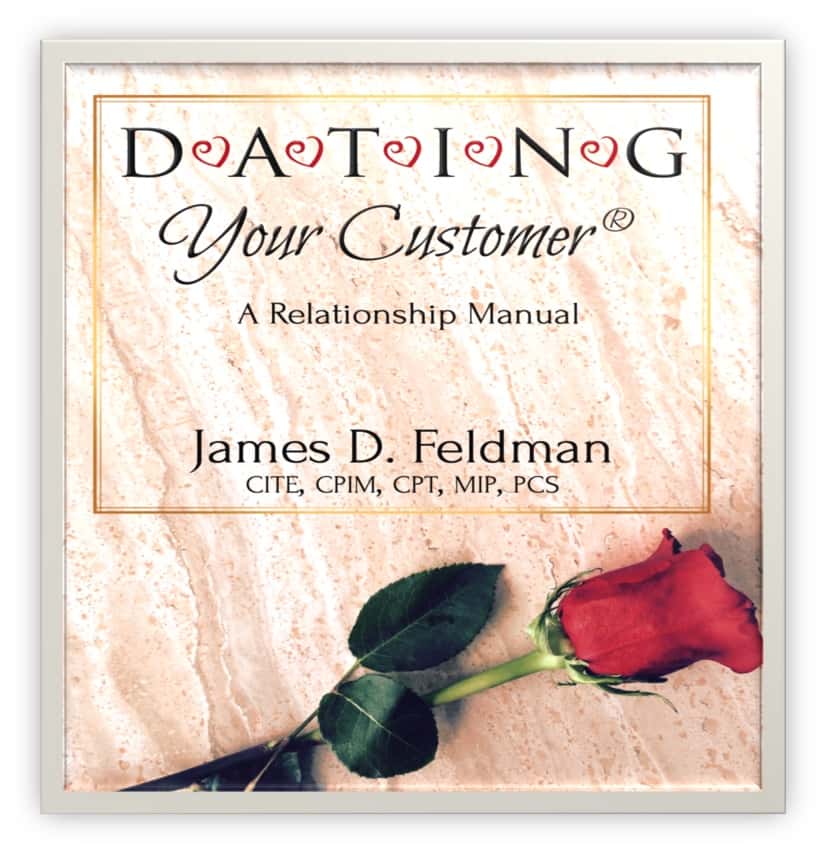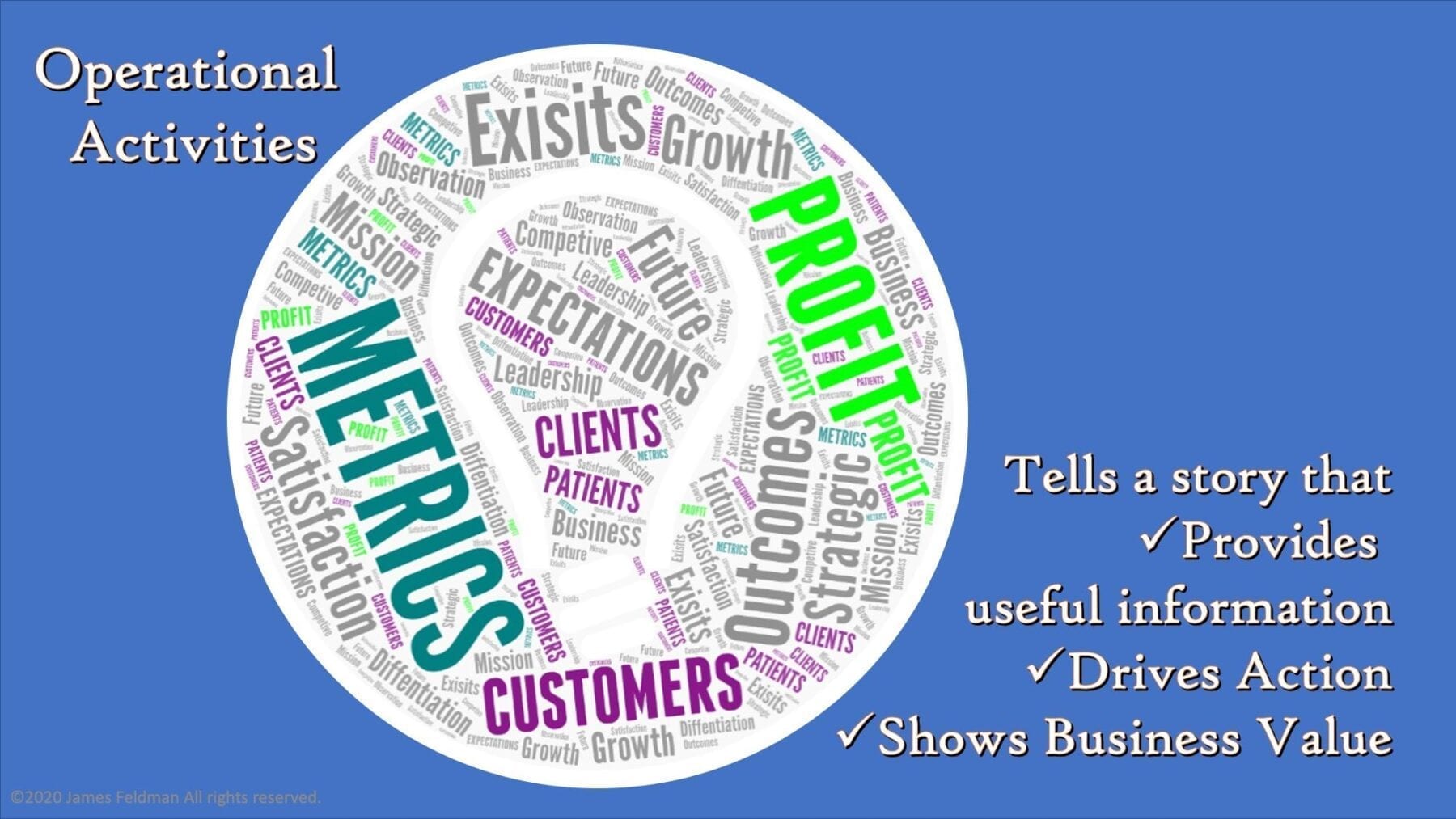
Every company will face that crossroad when innovation forces a discussion about how or when to shift. I was part of many discussions from market leaders that were anxious about change management and start focusing too much on short-term financial results, think about Kodak, Fotomat, Blockbuster, Sears, K-Mart, and Polaroid.
Customer experience transformation requires engaged board oversight. If executed correctly, it will change your business model. It should! That means you redefined yourself successfully and you found innovative ways to meet changing customer needs and expectations. To meet the needs of the empowered 21st Century consumer, most companies, especially larger enterprises, need to embark on a customer experience transformation.
Imagine a car manufacturer that does not allow any vehicle customization or a retail bank with no app-based self-service. Customer experience transformation is an expensive, years-long journey. But for companies who want to serve the customers of the future, it is imperative.
While this sounds like a daunting task (and a risky business case), you cannot afford to avoid it. Especially if you are a large firm, the time is now to figure out the how-to of a customer experience transformation.
 Remember Kodak? The now hardware and software company invented digital photography. However, it failed to make the difficult decision to transform, invest, and innovate. As a result, their name disappeared from the landscape of the new-age film and photography industry. I was the keynote speaker to a large group of Kodak executives during the time they made the decision to ‘ignore’ digital and continue to FOCUS on film.
Remember Kodak? The now hardware and software company invented digital photography. However, it failed to make the difficult decision to transform, invest, and innovate. As a result, their name disappeared from the landscape of the new-age film and photography industry. I was the keynote speaker to a large group of Kodak executives during the time they made the decision to ‘ignore’ digital and continue to FOCUS on film.
That shifted the future of Kodak from which there would be no return to ‘normal.’
Introduce Your C-Suite to Customer Experience Transformation
Start with the C-Suite because difficult choices accompany transformation, you need their buy-in and support. In many cases, transformation forces your organization to stop doing things that have worked in the past. This is the most difficult step of a successful customer experience transformation. It is also the most important.
So, when you get anxious about change management and start focusing too much on short-term financial results, think about Kodak. Customer experience transformation requires engaged board oversight. If executed correctly, it will change your business model. It should! That means you redefined yourself successfully and you found innovative ways to meet changing customer needs and expectations.
Executive Owner Engagement
Customer experience transformation is exactly that – transformation. With transformation comes responsibility. And the need for a deep understanding of two essential elements: the current state of your experience, and the desired future state of your business.
A well-executed transformation retains elements of your core brand that made you successful up to the point of transformation. Then, you are able to bring those core elements into the new version of your organization, enriching your overall experience and brand ethos.
Of course, one of the more challenging pieces of the puzzle is identifying those evergreen, competitive elements of your strategy and brand identity in order to safeguard them and carry your brand into the future. Knowing you need this is not the same as being able to execute it. To do so, you need an executive-level strategic thinker with cross-industry experience to own your customer experience transformation.
Think Customer, Think Transformation
So, when is the right time for customer experience transformation? We present this question with the understanding that investment in transformation is a significant financial risk and a real disruption. So, while the answer is not simple. This advice holds: the time for customer experience transformation is when the trends of how we live reveal a new environment (a new reality) that is entirely separate from your brand experience.
However, the time for transformation can be even more obvious than that. Again, remember Kodak. When a new set of customer expectations exists for a product or service that you do or can provide, but you have not designed your business to meet those expectations, it is time to transform your experience.
Banking Experiences
Let’s imagine you are a money manager, and your client base is age forty and younger. If you lack a digital, intuitive self-service experience that enables investors to see and manage their portfolios, start your customer experience transformation.
Ten years ago, we built trust with phone calls and drinks in the clubhouse. People had personal relationships with their investors. The business of moving money was done in person. It may be hard for an old, established bank to face the shift towards the self-service digitally-enabled movement of money. But the truth is, today, we build trust with seamless, intuitive digital experience, as well as in-person interactions.
I am not suggesting you stop building personal relationships. Rather, I am saying do not miss the boat on digital experience. Digital experience can build trust because it gives your customers flexibility and independence in any situation. They can rely on you anywhere in the world to help with transactions and problems. So, no need to worry about the digital experience being impersonal. Digital is personal. It empowers you to be there for your clients wherever they are.
Travel Experiences
If you are an airline in the post-COVID world and, historically you have catered to the business traveler, it is time to start your customer experience transformation. A business traveler travels with fewer bags, works on the plane, and knows their flight attendant by name.
The post-COVID leisure traveler has more bags, more anxiety (that you can address with entertainment in flight), and asks more questions in order to feel reassured that travel is safe.
If, historically, your experience prioritized business traveler needs, now is the time time to look at your experience through the lens of a leisure traveler. Give yourself honest feedback on how well you are meeting those needs.
The New You
Remember, the New You retains the essence of your brand and the evergreen competitive features of your business.
It also has new processes, technology, and product mix. And it brings in new people. Unfortunately, customer experience transformation brings organizational restructuring and culture revitalization. In other words, you will likely lose approximately 20% of your staff. I know it is hard to read (and even harder to execute), but keep in mind that with new ways of thinking, you will contradict the old way of thinking.
There will be people who will resist the change. There will be people who will not be willing to reskill, there will be people that will resent your new culture and will not let the change you need happen especially if they are in leadership roles. Make the right leadership calls for your business, no matter how hard they are because a customer transformation for the thousands of employees is more important than the 15-20 uncomfortable conversations you will need to have with the leaders that are not coming on board.
Customer Experience Transformation is not always necessary. However, when it is, there is no substitute for it. So, embrace transformation, structure it well at the top, fund it well, and let it take care of you for the long haul. And remember, consulting firms like ours exist so that you are not alone on this exciting journey of success and growth.






